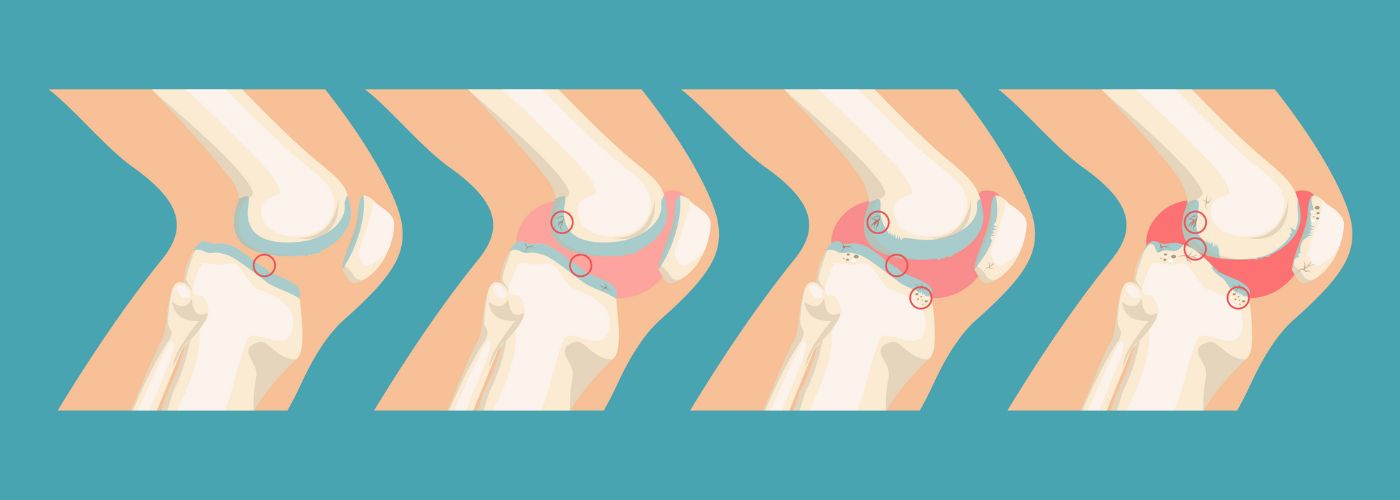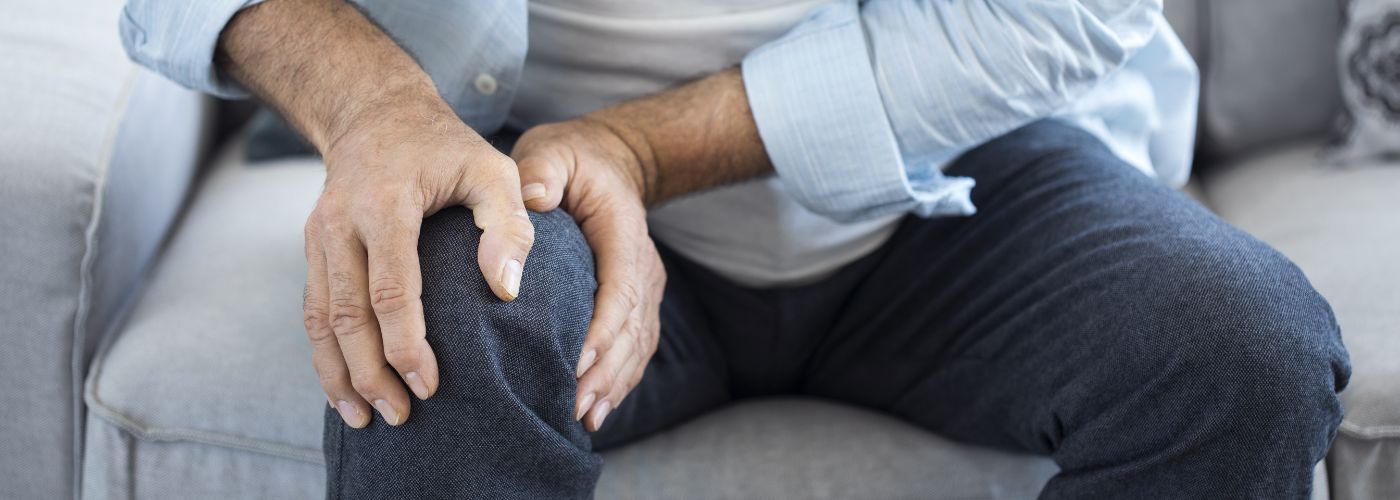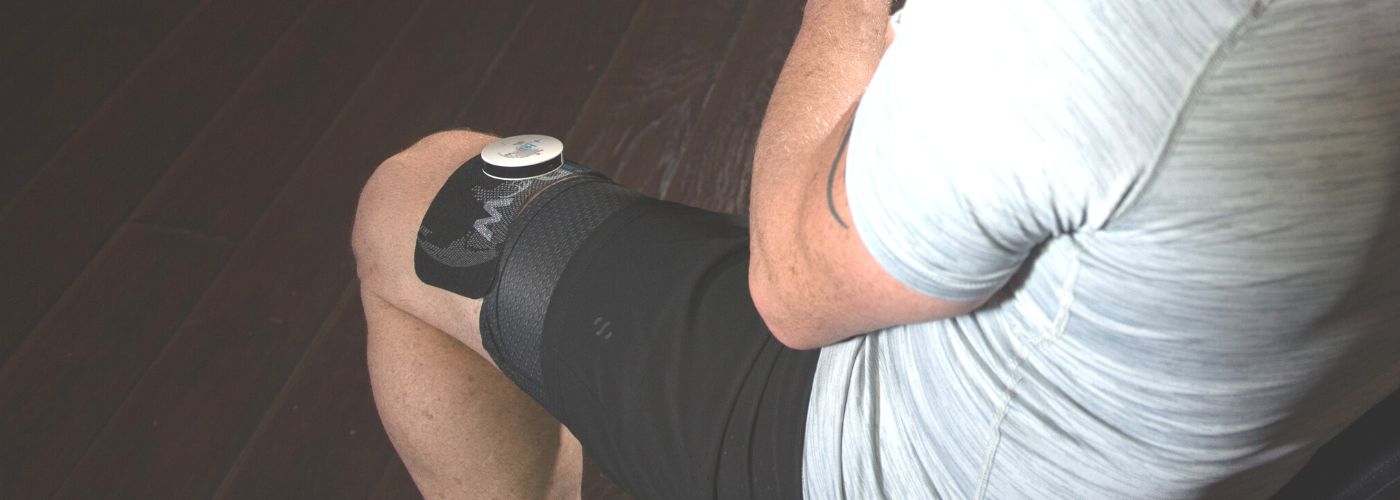Osteoarthritis is a joint disease that affects millions of people and can be incredibly painful. It typically affects the joints in the hands, hips, knees, neck, and spine, causing inflammation and stiffness. Dealing with osteoarthritis can be difficult but with proper management, it is possible to reduce pain and improve quality of life. In this article, we will discuss how to deal with osteoarthritis.
What Is Osteoarthritis?
 Osteoarthritis is a degenerative joint disease that affects millions of people worldwide. It is a chronic condition in which the cartilage between joints begins to degrade, leading to pain, stiffness, and swelling.
Osteoarthritis is a degenerative joint disease that affects millions of people worldwide. It is a chronic condition in which the cartilage between joints begins to degrade, leading to pain, stiffness, and swelling.
The primary cause of osteoarthritis is aging, but it can also be caused by injury or other conditions such as obesity. Osteoarthritis most commonly affects the hands, hips, and knees however it can affect any joint in the body. Those with osteoarthritis in their knees may use knee wraps to treat chronic pain.
The main symptom of osteoarthritis is pain which often increases with activity and decreases with rest. Stiffness in the morning or after long periods of sitting is also a common symptom, as well as tenderness around affected joints and creaking sensations when moving them.
What Is The Best Treatment For Osteoarthritis?
 Electrical stimulation therapy has been used for decades to treat pain associated with conditions such as osteoarthritis. Transcutaneous electrical nerve stimulation (TENS) and electromuscular stimulation (EMS) are two types of electrical stimulation devices that have been used to effectively reduce symptoms associated with osteoarthritis.
Electrical stimulation therapy has been used for decades to treat pain associated with conditions such as osteoarthritis. Transcutaneous electrical nerve stimulation (TENS) and electromuscular stimulation (EMS) are two types of electrical stimulation devices that have been used to effectively reduce symptoms associated with osteoarthritis.
TENS works by stimulating the nerves in the area of pain. While EMS stimulates muscles around the joints affected by arthritis. Both may relieve pain related to inflammation and aid in muscle relaxation.
TENS and EMS may be effective at treating osteoarthritis-related knee pain when administered on a regular basis over several weeks or months. Patients who undergo this type of therapy typically experience reduced stiffness, improved range of motion, increased strength, fewer episodes of swelling or inflammation, and reduced levels of pain during everyday activities.
TENS and EMS therapy are usually supplemented with other rehabilitation treatments.
Is Osteoarthritis Hereditary?
 Osteoarthritis is a debilitating joint condition that causes pain, stiffness, and swelling in the joints. The condition affects millions of people around the world and is more common in older adults. But what many people want to know is if this condition can be passed down through the generations.
Osteoarthritis is a debilitating joint condition that causes pain, stiffness, and swelling in the joints. The condition affects millions of people around the world and is more common in older adults. But what many people want to know is if this condition can be passed down through the generations.
The answer to that question is not simple, as there are many factors at play when it comes to determining if osteoarthritis is hereditary or not. Studies have shown that genetics may play a role in developing this condition, and certain genetic mutations may increase an individual’s risk.
Additionally, family members with osteoarthritis also tend to share similar lifestyle habits, which could lead to increased risk among other family members as well.
Genes can be passed down from generation to generation. So there could be a chance that this degenerative condition is hereditary. However, patients without prior family health history of this condition can still get it, depending on their lifestyle.
What Is End-Stage Osteoarthritis?
End Stage Osteoarthritis is the most advanced form of the condition. It is a degenerative joint disorder that can cause immense pain and disability. Generally, this occurs when other treatments have been unsuccessful in managing or relieving symptoms such as stiffness and aching joints.
End Stage Osteoarthritis affects many people over the age of 60, although it can appear earlier in some individuals depending on their lifestyle choices or health history.
The risk factors for developing End Stage Osteoarthritis include advancing age, a family history of arthritis, obesity, injury to the affected joint(s), poor posture or muscle weakness around affected joints as well as increased stress levels on the joints due to high-impact activities like running or jumping.
Many with End Stage Osteoarthritis tend to use TENS and EMS devices to make their life more comfortable. These devices may help their mobility and relieve any aching pains they might have.

Related Stories
5 Ways to Support Bone Strength with HiDow
World Osteoporosis Day (October 20) October 20 is World Osteoporosis Day, and chances are, you’ve...
Oct
FDA-Cleared Is a Flex. Here’s Why.
Pulling Back the Curtain You’ve seen it on boxes, on websites, in ads: FDA-cleared. It...
Sep
This Is Fibro. This Is Larry.
September is Pain Awareness Month. And we’re not here to give you medical definitions or...
Sep
Train Your Relaxation Reflex
How often do you find yourself struggling to switch off after a long day? With...
Aug
Back To School Fitness: Balancing Academics & Athletics
Most student athletes don’t have a motivation problem. They show up. They train hard. They...
Aug
How to Cope with a Sports Injury
Staying active helps your body stay strong. But sometimes, activity leads to pain, strain, or...
Jul